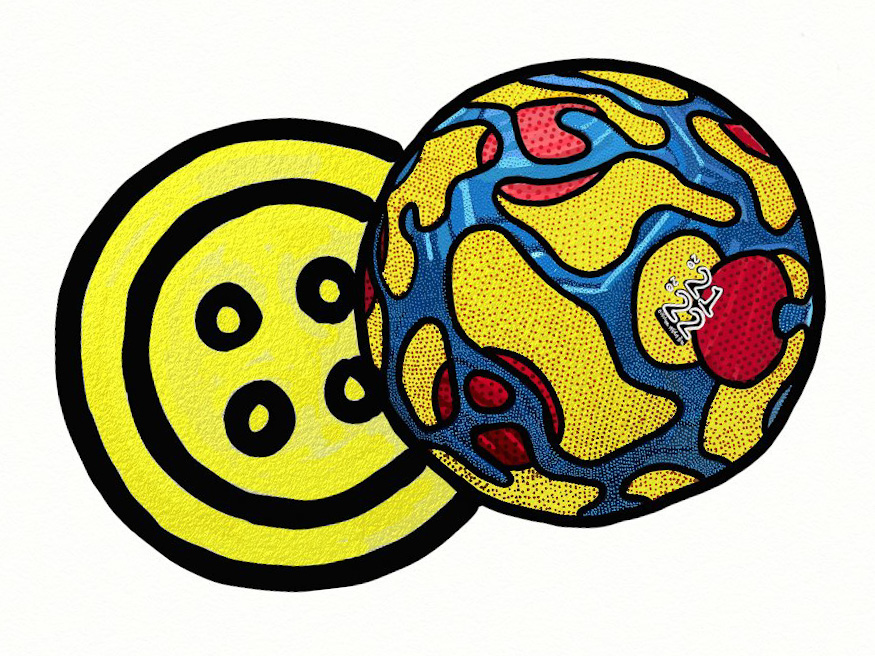Ask an Englishman of a certain age to picture a Japanese club’s football shirt, and the chances are he’ll think of Gary Lineker and a footballing killer whale.
Cast your mind back to 1992, the year UEFA re-branded the European Cup as the Champions League and the debut season of the Premier League.
Nineteen-ninety two was also the year Gary Lineker left Tottenham Hotspur for a new adventure in Japanese football.

England hero Lineker left Spurs after Euro 92 and signed for Nagoya Grampus 8 for a reported £2m, but such was our distinct lack of knowledge of football in the Far East, he may as well have moved to the moon.
Lineker’s missionary work helped awaken the world to the dazzling display of kits on offer in the J.League, but first we had to work out what a Grampus was and why there were 8 of them?
The cultural influence of Japan was all around us in the early 1990s through Sega, Nintendo and Manga; and Nagoya Grampus 8’s name and badge appeared to be straight out of a video game.

Nagoya is a major port and one of the Japan’s largest cities. Grampus Eight’s name comes from two of the city’s most prominent symbols.
The Grampus in question refers to that footballing version of Free Willy on the badge, but that black orca is actually closer to a dolphin than a killer whale.

Two golden grampus dolphins sit on top of Nagoya Castle, and the club’s lucky number comes from the city’s official symbol, the Maru-Hachi (circle eight).
Like most Japanese football clubs, Nagoya Grampus 8 grew from their early foundation in 1939 as the works team of the local major employer.
In this case, that was the Toyota motor company.

The club we know today came to prominence for international fans with the growth of the J.League in the 1990s.
Le Coq Sportif’s kit featured colours officially described as barbarian red, noble red and star orange and if anyone was in any doubt whose shirts these were, their name was emblazoned right across the middle.

Sadly, the club’s badge was updated in 1998, dropping the comic book originality of the crest worn by Lineker for an altogether less interesting shield and crown, and whilst our friend the Grampus remains; it’s more than a little less fun.
As was the fashion at the time, Lineker and his team mates including Yugoslavia’s Dragan Stojkovic wore their shirts much baggier than today’s tight-fitting super hero outfits.

Gary Lineker played 23 times for Nagoya Grampus 8, scoring 9 goals in an injury-hit spell in Japan, before retiring in 1994 to reinvent himself as the face of Walkers Crisps and anchor for BBC’s Match of the Day.
This shirt helped put football in the Far East on the map.
Simply put, this bold and ambitious design from Le Coq Sportif is a little piece of 1990s genius.
What shirts come to mind when you think of the J.League?
Please let us know in the comments section below
